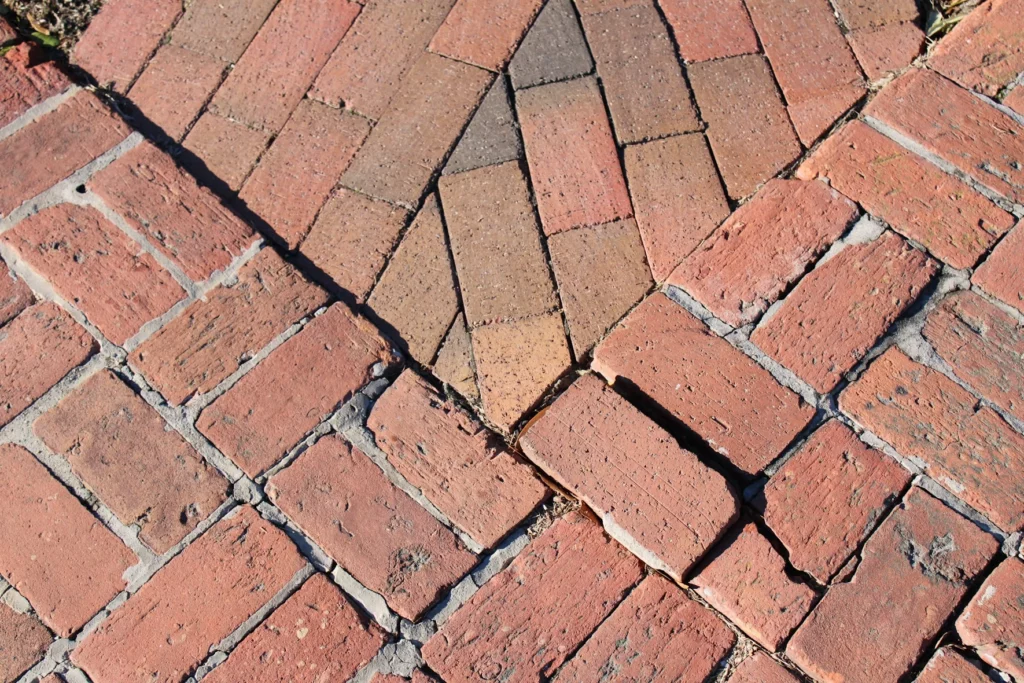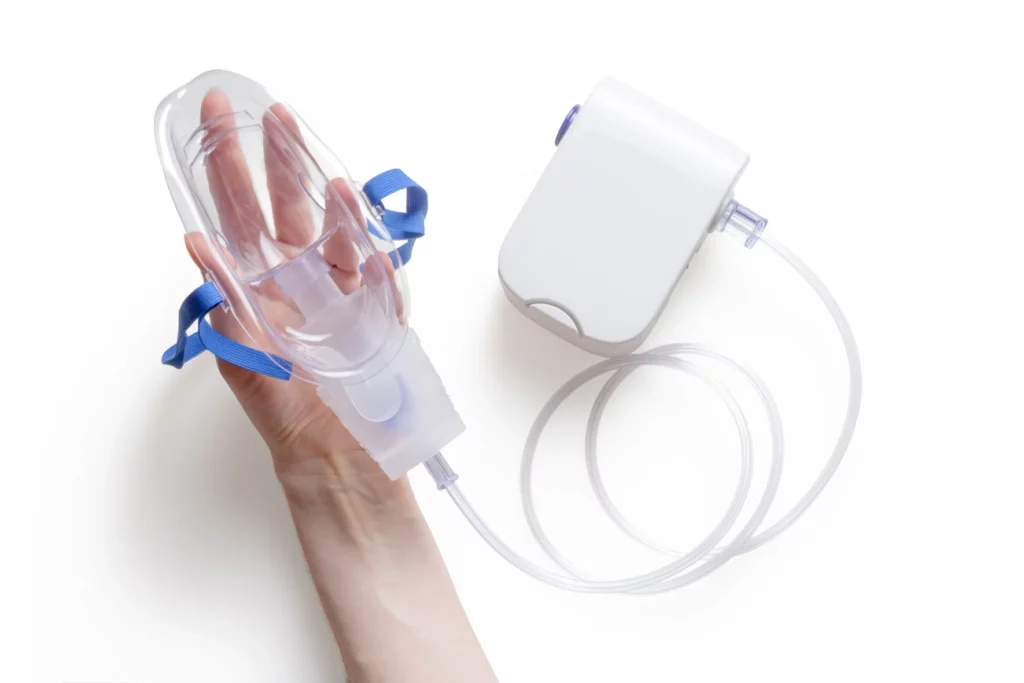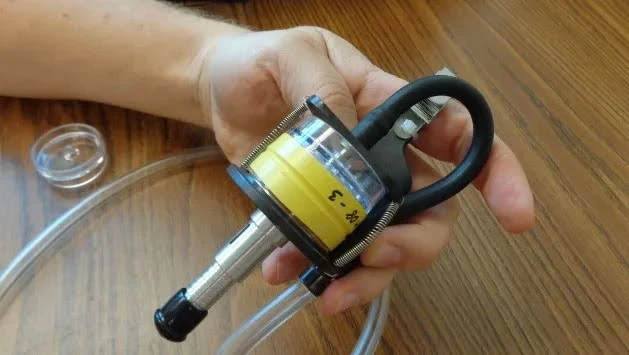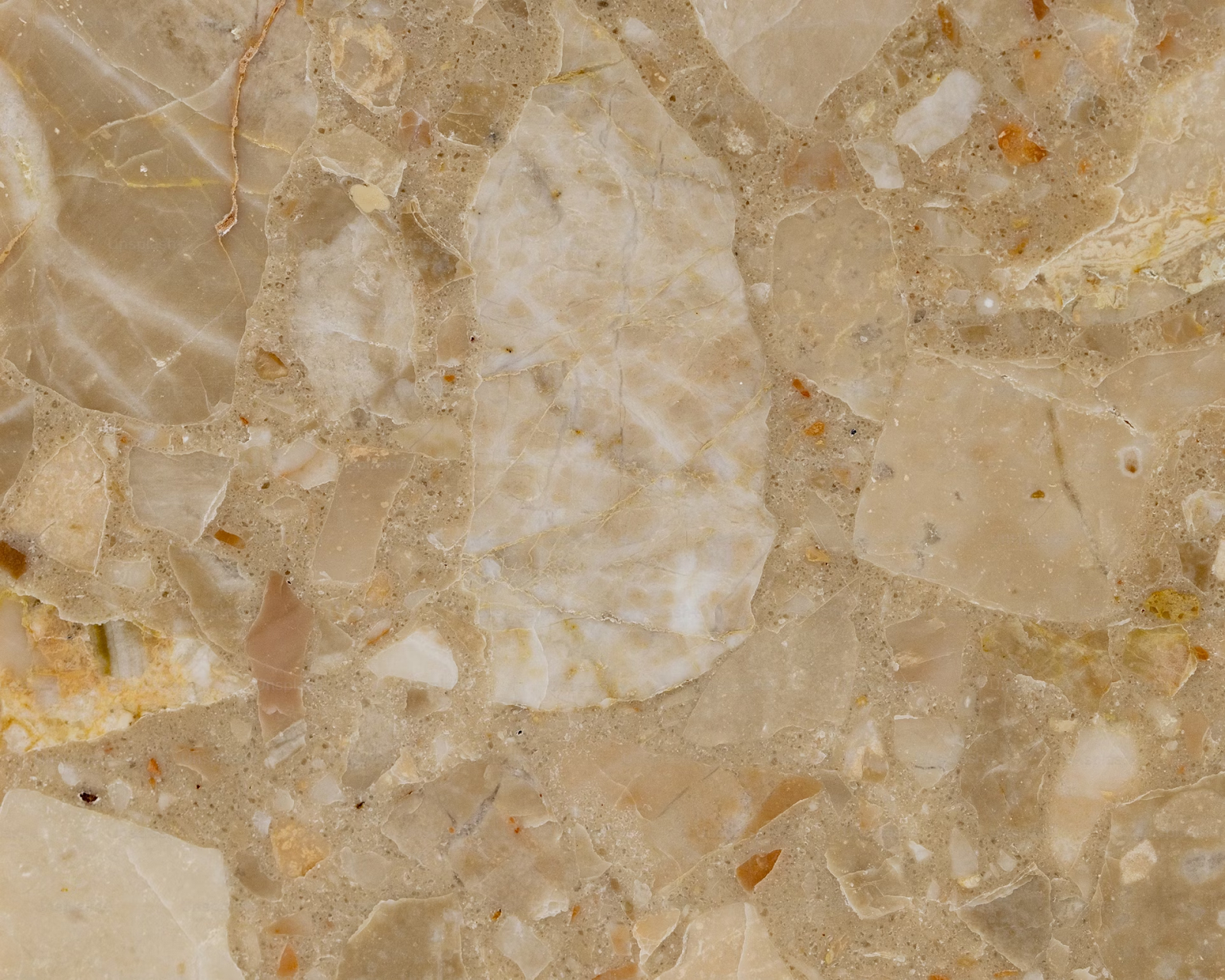Australia is taking significant steps to protect workers and consumers from the dangers of crystalline silica, a key component in engineered stone products. Starting from 31st December 2024, a ban will come into effect across all Australian jurisdictions, prohibiting the manufacture, supply, processing, and installation of engineered stone benchtops, panels, and slabs. This regulation aims to reduce exposure to crystalline silica dust, which poses serious health risks, including silicosis and other respiratory diseases.
What Is Engineered Stone?

Under the model Work Health and Safety (WHS) Regulations, engineered stone is defined as:
- An artificial product containing at least 1% crystalline silica by weight.
- A composite material created by combining natural stone with chemical constituents like resins, water, or pigments.
- A hardened product.
To fall under the ban, a product must meet all three of these criteria and be in the form of a benchtop, panel, or slab.
Exclusions From the Ban

Not all stone products are classified as engineered stone under this definition. The following are excluded from the ban:
- Concrete and cement products
- Bricks, pavers, and similar blocks
- Ceramic wall and floor tiles
- Sintered stone (if it does not contain resin)
- Porcelain products (if they do not contain resin)
- Roof tiles
- Grout, mortar, and render
- Plasterboard
Additionally, products that do not meet the 1% crystalline silica threshold or are not in benchtop, panel, or slab form are not prohibited. For example:
- Artificial stone products containing less than 1% crystalline silica.
- Porcelain or sintered stone products without resin.
- Finished products like garden ornaments, sculptures, or kitchen sinks, as these are not designed to be further processed.
Why the Ban Matters

Crystalline silica dust, released during the cutting, grinding, or polishing of engineered stone, is highly hazardous. It can lead to severe health conditions if inhaled, particularly in workers who process these materials. By limiting the use of engineered stone in specific forms, this ban is a critical step toward improving workplace safety and reducing long-term health risks.
What to Do If You’re Affected
If your business involves handling engineered stone or you’re planning a renovation that includes benchtops or slabs, it’s essential to understand how the ban impacts you. For further details on the exclusions and compliance requirements, consult the Engineered Stone Prohibition: Guidance for PCBUs or contact Global Asbestos Audits for expert advice on compliance, air monitoring and workplace safety.
The Path Forward

The ban on engineered stone highlights the Australian government’s commitment to safeguarding health and safety. For those working with or impacted by crystalline silica-containing products, understanding the nuances of this regulation and the requirements around crystalline silica air monitoring is vital.To learn more about crystalline silica and its implications for workplace safety, contact Global Asbestos Audits, your trusted partner in compliance and hazard management.

